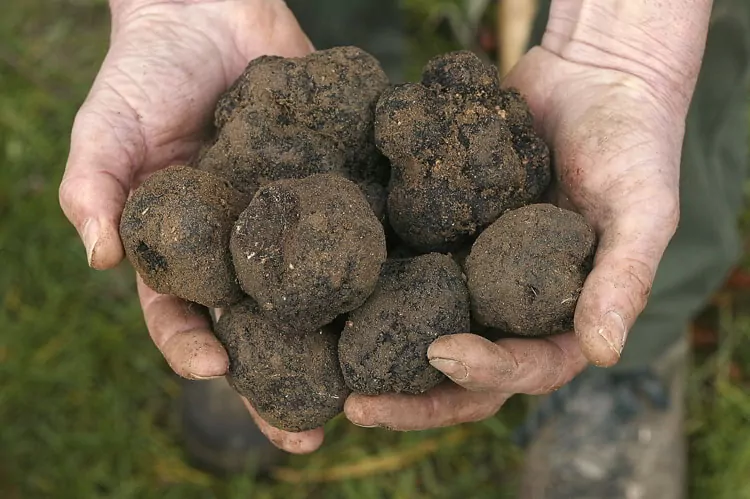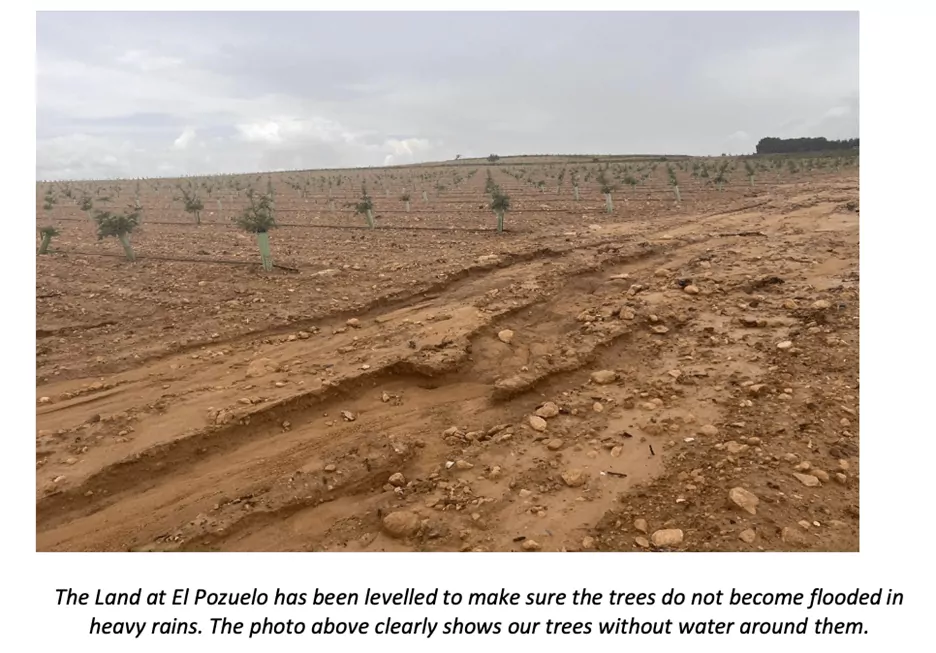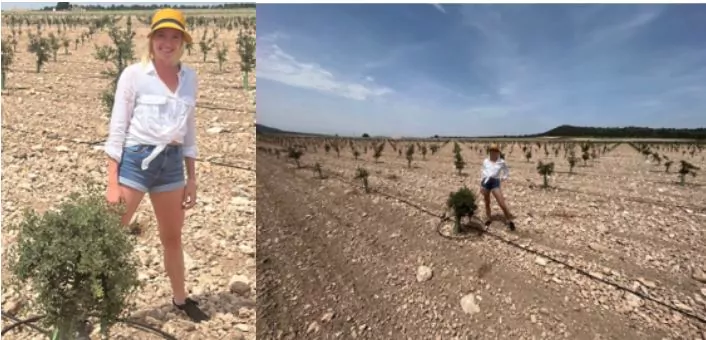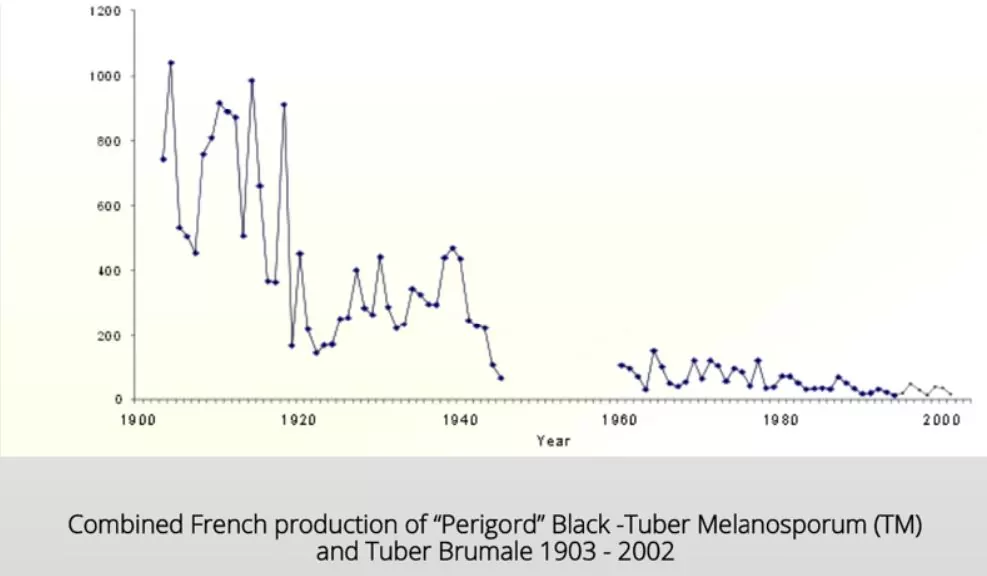Murcia, Spain, known as the Vegetable Garden of Europe, is famous for its bounty of fruits, vegetables, and spices that are exported all over Europe and beyond.
This is where my husband and I bought into a truffle farm about three years ago, and I happened to be passing through the area recently…
The farm manager, Joaquín, showed me around the sprawling plantation, pointing to the distant mountains in each direction and explaining that they marked the boundary of the farm.
There are three stages of planting. The first crop from 2020—the one I partook in, one from 2021, and one planted last year.
The newest sections were only about a foot high, the next between 2 and 3 feet, and some of the oldest had sprouted up to 5 feet.
Joaquín showed me the new growth. The greenest tips of each tree were several inches long already, and he told me that was just in the last couple months, as spring had set in.
We kept driving, arriving at the water reserve. A giant pool of clear water sits uphill from the farmhouse for when extra irrigation is needed.
He again gestured to the mountains all around the farm and explained that the water reserve was rarely needed, as the topography provides for plenty of natural water coming down from the mountains, especially during the spring thaw, when the trees really need extra hydration.
But better safe than sorry—no reason to take unnecessary chances with drought in this traditionally dry corner of Spain.
In fact, flooding can be more of a danger in this immediate location than drought…
Luckily, our farm is well prepared for that eventuality, too.
Recent heavy rains have completely inundated some other local farms that didn’t adequately level their crop land…
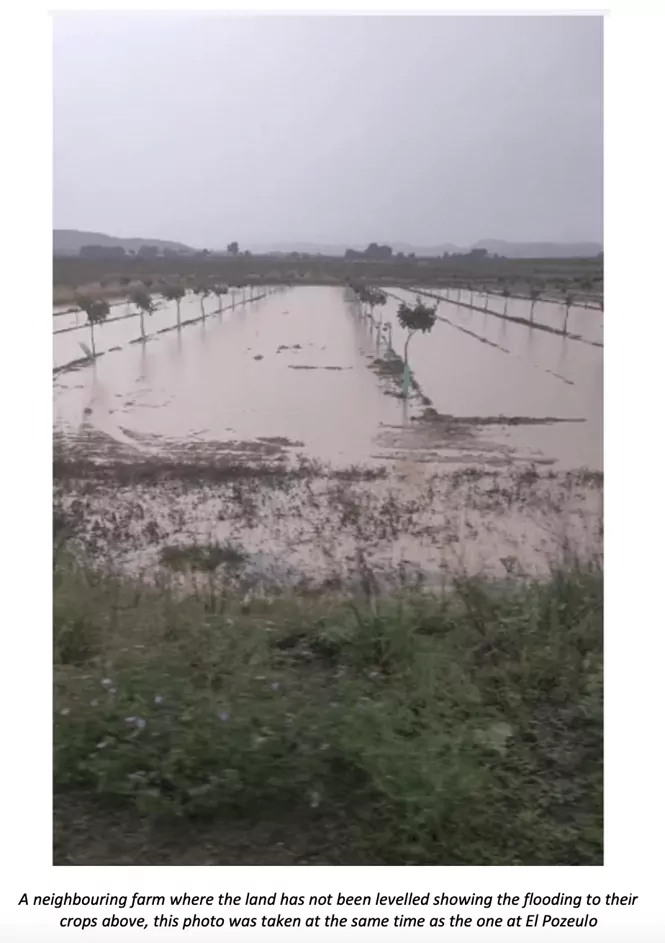
We pulled up alongside one of the older plots, with orange ties on trees at four corners, marking out a plot. My plot.
The Crop
Truffles are one of the great foods hunted and prized by gourmets and chefs around the world…
But their production has dropped dramatically over the last century—it’s estimated that current production is a mere 5% of what it was at the start of the 20th century.
Why?
World War I.
The method for cultivating truffles was only discovered in 1808 by a Frenchman. People had always noticed they grew on the roots of certain trees, but no one had ever been able to intentionally grow them.
When a business-minded farmer devised a method to plant large-scale plots of truffle trees, he won a prize for his accomplishment at the 1855 World’s Fair.
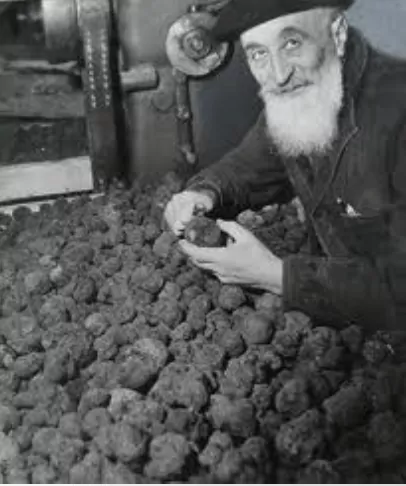
The rural exodus of the industrial revolution resulted in the loss of many truffle farms and farmers, and those that were left were practically wiped out by WWI. Without anyone there to maintain them, the fields that had already been planted were left to go wild between the two world wars.
Meantime, demand has grown exponentially…
Three countries in Europe have historically had the right climate and soil for truffles: France, Spain, and Italy. Spain currently produces about 43% of the world’s supply, but 80% of that is wild.
In 2012 and 2013, Spain experienced a severe drought that nearly wiped out the wild truffles that didn’t have the benefit of irrigation… and caused prices to skyrocket.
Truffle plantations are found around the world now, but they see mixed results. Any that aren’t grown in Europe are considered inferior and are worth 30% to 90% less than truffles with European provenance. Spanish truffles command up to US$3,000 a kilo.
What we’re growing in Spain is top-grade Tuber melanosporum, “TM” (a.k.a. the black Perigord truffle or the French truffle). It’s the world’s second-most valuable truffle and the most successfully cultivated.
The plantation is located where soil and climactic conditions are perfect for maximizing crop levels of this variety, and the farm is in constant contact with the world’s premier truffle science and tree production company.
The trees are grown from acorns and inoculated in a world-class nursery and plant research facility at the Institute of Agrifood Research and Technology (IRTA) in Barcelona before being moved to our on-site nursery until ready for planting.
More important for us investors, though, is this project boasts a proven, scientific advantage…
Working with experts at IRTA, the farm team has revolutionized the production of truffles.
This has resulted in a series of breakthroughs…
- The crop is coming in years earlier than it normally would…
- Gains in yields are up 180% and continuing to rise…
- The size and shape of the truffles have improved… which means they will command higher values when sold…
Despite efforts to increase production in the last century, truffles are in limited global supply.
At the same time, demand for this delicacy is such that truffles often sell out all around the world.
Demand has exceeded supply for the last 100 years, and it will continue to do so for the coming decades regardless of what’s happening on Wall Street, inflation, or the economy.
According to the latest research, the truffle market, currently valued at US$325 million, is expected to double in value, reaching US$764 million by 2031.
The Investment
Take a look at the forecasted returns based on the number of trees purchased…

But for a limited time, we’re able to offer OPA readers a special offer: 75 truffle-producing trees for only US$49,750—roughly a US$9,000 savings.
You will receive annual returns straight into your bank account from year three on—rising to as much as US$24,445 by year 15—and every year thereafter.
Everything is managed for you. It’s a 100% turn-key investment.
Altogether, you’re looking at an Internal Rate of Return (IRR, which allows for the “time cost” of the investment) of 15% per year, over 30 years.
That’s a 1,028% ROI.
Adding a total projected US$561,309 to your nest egg.
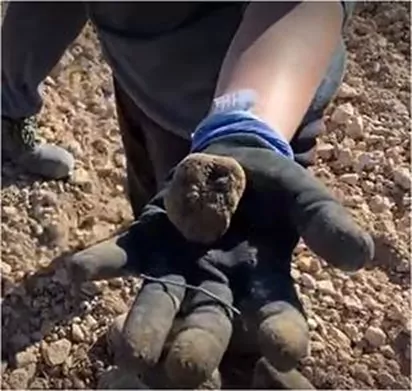
Get in touch with our team here for full details.
Sincerely,
Kat Kalashian
Live And Invest Overseas Senior Europe Editor

